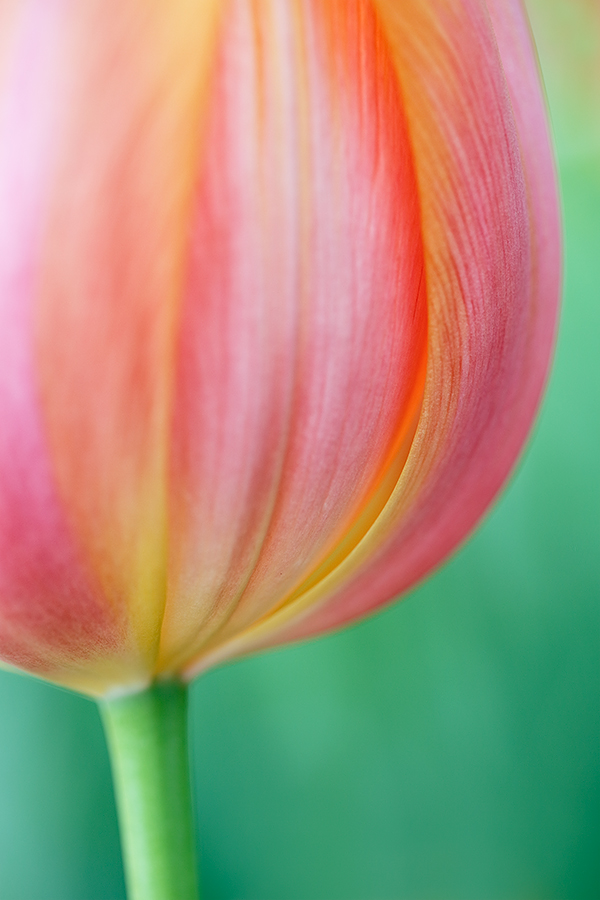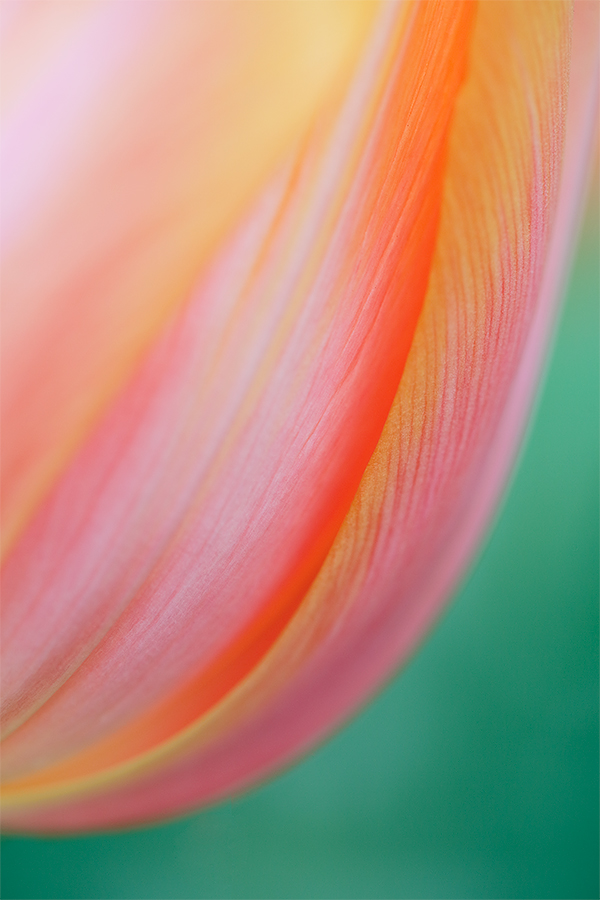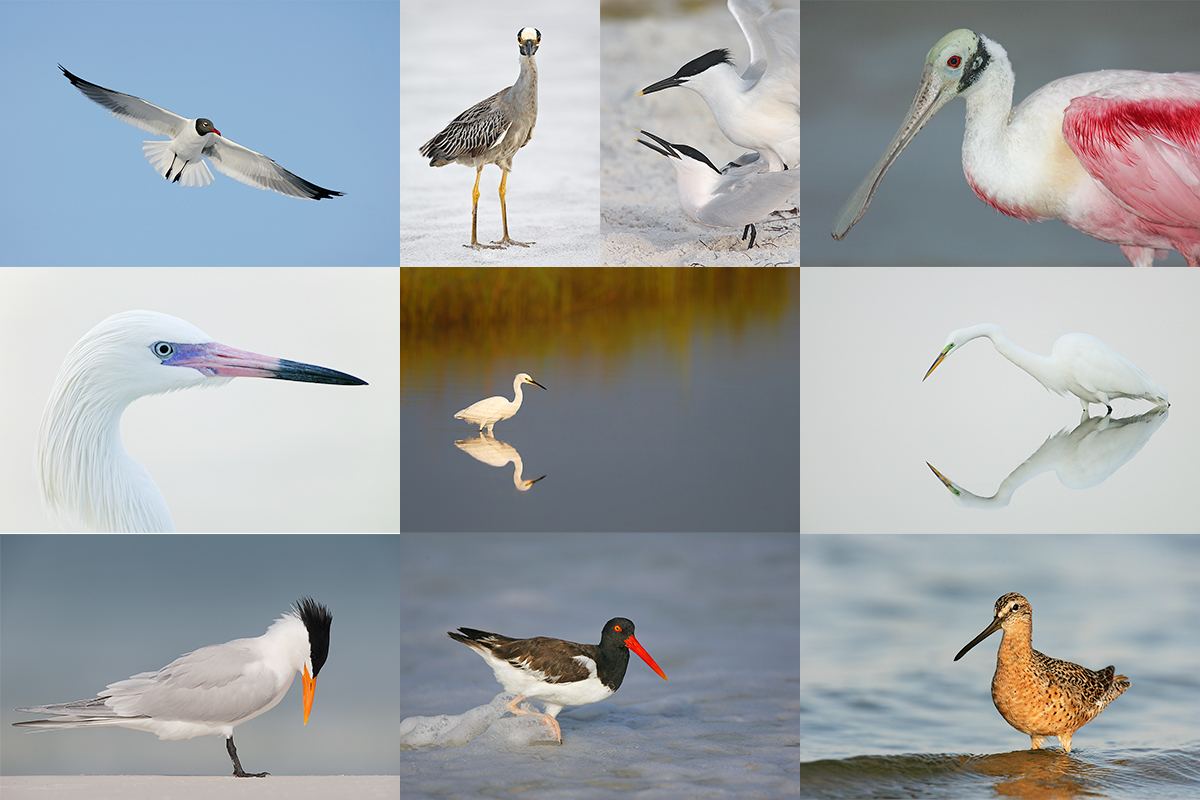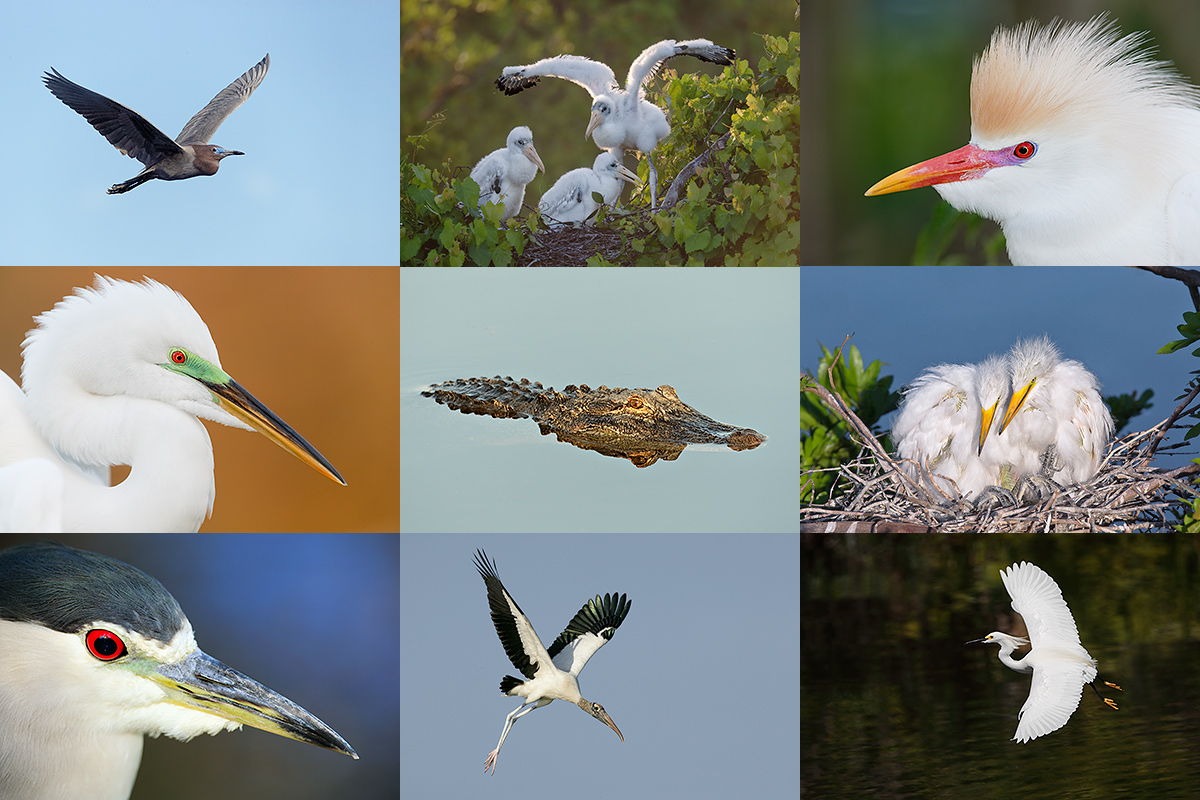The Streak Continues: 139
I am publishing this blog post at about noon in Amsterdam, which is about 6:00am on the east coast. We took the early arriving participants out for a morning session in the tulip fields. The colors and patterns are beyond stunning…. After a short nap and then lunch we meet the group at 1:30pm for our first formal session.
This post marks 139 straight days with a new educational blog post. With so many folks getting in the habit of using our B&H links and our Amazon logo-links why quit now? To show your appreciation for my efforts here, we do ask that you use our the B&H and Amazon affiliate links on the right side of the blog for all of your purchases. Please check the availability of all photographic accessories in the BIRDS AS ART Online Store, especially Gitzo tripods, Wimberley tripod heads, and the like. We sell only what I used, tested, and can depend on. We will not sell you junk. We know what you need to make creating great images easy and fun. And we are always glad to answer your gear questions via e-mail.
You can find the following items in the store: Gitzo tripods, Mongoose M3.6 and Wimberley heads, plates, low feet, and accessories, flash brackets, , Delkin e-film Pro Compact Flash Cards, LensCoat products, and our unique line-up of educational materials including ABP I & II, Digital Basics, Site and Set-up e-Guides, Canon and Nikon Camera Users and AF e-Guides, and MP-4 Photoshop video tutorials among others.
I would of course appreciate your using our B&H affiliate links for all of your major gear, video, and electronic purchases. For the photographic stuff mentioned in the paragraph above we, meaning BAA, would of course greatly appreciate your business. Here is a huge thank you to the many who have been using our links on a regular basis and visiting the BAA Online store as well.
This blog post took 2 hours to put together. Enjoy!
|
This image was created yesterday, on the afternoon of April 16 at Keukenhof Gardens with the Gitzo GT1542T Tripod, the Mongoose M3.6 head, the Canon EF 100mm f/2.8L Macro IS USM lens, and the Canon EOS 5D Mark III. ISO 400. Evaluative metering +1 1/3 stops as framed: 1/60 sec. at f/4 in Av Mode. Color temperature: 3500. Central sensor only manual focus as there was not enough contrast anywhere for AF to work. Click on the image to see a larger version. Image #1 |
Keukenhof Scouting
Denise and I arrived in Amsterdam a day early in order to get in a bit of scouting. The flower fields are 1000 times better than last year when we caught the tail end of the coldest winter and early spring in 100 years. The tulips in Willem-Alexander Pavilion are well past peak and many of the plots of tulips have been cut. But with fewer folks visiting and lots of older flowers photography is spectacular as it is easy to see into the flower centers (though that is not what I did for the two images featured today).
The name for today’s flower is “Tulipa Dordgone. With one of the petals on the right slightly separated from the flower the darker strip of orange in each image is actually the inside of the flower. This image would not have been possible had I been working with a perfect blossom….
|
This image of the same flower was also created yesterday, on the afternoon of April 16 at Keukenhof Gardens with the Gitzo GT1542T Tripod, the Mongoose M3.6 head, the Canon EF 100mm f/2.8L Macro IS USM lens, and the Canon EOS 5D Mark III. ISO 400. Evaluative metering +1 stop as framed: 1/80 sec. at f/4 in Av Mode. Color temperature: 3500. Central sensor only manual focus as there was not enough contrast anywhere for AF to work. Click on the image to see a larger version. Image #2 |
Vary Your Compositions
While working with this single flower I made 39 images varying my framing and apertures as I went. I quickly noticed that using a smaller aperture brought up too much background detail. I often moved my tripod a bit left or right or up or down to vary the background and eliminate anything distracting, and several times moved in a bit or back a bit to achieve the desired framing.
The Lightweight Gitzo GT1542T 4-section Traveler Tripod
I have owned this tripod for about a year now. For the most part, I use it mostly to hold the LensAlign Mark II when micro-adjusting my lenses. On a whim, I packed it in one of my two checked bags for the Holland trip along with my workhorse Gitzo 3532 tripod. I have been rehabbing my right shoulder for more than a decade…. Yesterday I decided to go super-light with the tiny tripod and the Mongoose. Lord was I pleased. I used the 300 II with the 2X III TC and using good sharpness techniques on my part I was able to make sharp images at shutter speeds below 1/100 sec. And my shoulder felt great after the 5 hour photo session.
Because the Gitzo GT1542T will be top heavy with pretty much any camera and lens mounted on it, it is imperative that you never ever leave your tripod unattended, even for an instant. If you do lots of flowers and/or work with an intermediate telephoto lens and you like lightweight stuff, the Gitzo GT1542T tripod might just be perfect for you. Click here to read my probably too honest evaluation. As for me, I am sold on it for flower photography. More coming soon.
Canon Tripod Mount Ring D for IS 100mm f/2.8L Macro Lens
Because the 100 macro does not come with a tripod collar, those of you who own the lens are likely wondering “How does he get the 100 macro onto a Mongoose?” The answer is simple. I purchased the right tripod collar as a Canon accessory. In general it is not a good policy to mount the camera onto a ball head with the lens hanging from the front of it and stressing the lens mount. I prefer using the Mongoose for my flower photography for a variety of reasons so once I learned of the Canon Tripod Mount Ring D for IS 100mm f/2.8L Macro Lens I made it a point to get my hands on one asap and to bring it to Holland. And I did.
I tried the much cheaper ($49.95 as compared to $172.00) Vello Tripod Collar D (Black) for Canon EF 100mm f/2.8L IS USM Macro Lens but it pretty much turned out to be junk. It was very difficult to loosen and open it and very difficult to get it on the lens and tighten it. So I went with the Canon version. In general, you get what you pay for.
Your Favorite?
Take a moment to leave a comment and let us know which of the two images here you like best. And be sure to let us know why.
Shorebird ID
In yesterday’s blog post ID quiz most folks did quite well. Most were easy peasy. But nobody got #4 correct in the first composite…. Three thought Western Sandpiper but that is incorrect. Semipalmated Sandpiper was closer but incorrect. Here’s a clue: if I gave you a clue most folks would get it right…. I will come clean in a day or so but till then, let’s see if someone can figure it out correctly.
|
Fort DeSoto in spring is rich with tame birds. With many in breeding plumage it is a photographer’s paradise. I hope that you can join me there in mid-May. |
Short Notice Fort DeSoto IPT/In-the-Field Workshops: May 9, 10, & 11, 2014
IPT–3 FULL DAYs: $1099
In-the-Field Workshops: $399/day
Fort DeSoto in spring is so good that I needed to create two cards in order to give folks an idea of what is possible. Even then I have barely scratched the surface. If you are coming from out of town you will surely want to do all 3 days, the entire IPT. Local folks may wish to join me for one or more full days.
There will Lots of tame birds including breeding plumage Laughing Gull and Royal and Sandwich Terns courting and copulating. American Oystercatcher plus lots of sandpipers and plovers, some in breeding plumage. Red Knot in breeding plumage likely. Lots of wading birds including Great and Snowy Egrets, both color morphs of Reddish Egret, Great Blue, Tricolored and Little Blue Heron, and Yellow-crowned Night-Heron. Roseate Spoonbill and WOod Stork between possible and likely…. Lots of flight photography with the gulls and terns and with Brown Pelican.
You will learn how to approach free and wild birds without disturbing them, to understand and predict bird behavior, to identify many species of shorebirds, to spot the good situations, to choose the best perspective, to see and understand the light, to get the right exposure every time after making a single test exposure, and to design pleasing images by mastering your camera’s AF system. And you will learn learn how and why to work in Manual mode (even if you are scared of it).
At lunch we will review my images–folks learn a ton watching me edit–why keep this one and delete that one. If you opt to bring your laptop, we will take a look at five of your best images from the morning session. We will process a few of my images in Photoshop after converting them in DPP. That followed by Instructor Nap Time.
This is the IPT hotel: Comfort Inn St. Petersburg, FL. 2260 54th Ave N., St. Petersburg, FL 33714. tel: 1-727-362-0075. The best airport is Tampa (TPA).
Payment in full via credit card is due upon registering. Please call Jim or Jennifer at 863-692-0906 to register.
|
Fort DeSoto in spring is rich with tame birds. With many in breeding plumage it is a photographer’s paradise. I hope that you can join me there in mid-May. |
Fort DeSoto Site Guide
Can’t make it in mid-May? Get yourself a copy of the Fort DeSoto Site Guide. Learn the best spots, where to be when in what season in what weather. Learn the best wind directions for the various locations. BAA Site Guides are the next best thing to being on an IPT. You can see all of them here.
Shorebirds/Beautiful Beachcombers
If the shorebirds in the ID quiz gave you pause, get yourself a copy of my Shorebirds/Beautiful Beachcombers. Includes ID tips, shorebird biology, migration, and tons more. All in my simple-to-read easy-to-read style.
Canon Gear for Sale
Doug Bolt is offering a used Canon 400mm f/4L IS DO lens in very good to excellent condition for $4599. The sale includes the lens trunk and lens cover; the seller will pay shipping to US addresses only. This one should sell in minutes to someone looking for a lightweight super-telephoto. The item will ship only when the check clears.
Please contact Doug for additional info and/or a link to photos via e-mail or try him by phone at home: at 301-937-3112 or on his cell at 301-537-8073.
Doug is also offering a used EOS-5D Mark II in very good to excellent condition for $1199. There is a shallow scratch on the body and a faint smudge on the top LCD. The sale includes a RRS L-plate, a vertical grip, and the original box and all the stuff that came in it. The seller will pay shipping to US addresses only. This one is a great body for flowers and landscapes. Mine saved me on a Southern Oceans cruise when I trashed two EOS-1D Mark IV bodies in a rainstorm; it was a great back-up camera body. The item will ship only when the check clears.
Again, please contact Doug for additional info and/or a link to photos via e-mail or try him by phone at home: at 301-937-3112 or on his cell at 301-537-8073.
|
Join me at Gatorland for a ton of learning. If you want to learn to use your flash, you will not want to miss this one. Click on the composite image to enjoy a larger version. Click on the composite to enjoy the larger size. |
Another Gatorland Short Notice Saturday Full-Day In-the-Field Workshop
Saturday May 3, 2014. 7:15am till 10:15am & 4:00pm till dusk. Lunch, image review, and Photoshop session included. Limit 6. A very small group is again likely: $399.
The cost of your Gatorland Photographer’s Pass is not included.
Chicks in nests likely. Breeding plumage Cattle and Snowy Egrets. And tons more. You will learn to spot the good situations, to choose the best perspective, to see and understand the light, to get the right exposure every time after making a single test exposure, and to design pleasing images by mastering your camera’s AF system. A big part of the above is that you will learn how and why you must work in Manual mode 90% of the time at Gatorland.
At lunch we will review my images, take a look at five of your best images from the morning session (for those who opt to bring their laptops), and process a few of my images in Photoshop after converting them in DPP. That followed by Instructor Nap Time. Last Saturday all 3 folks had a great time and learned a ton. And the weather for this coming Saturday is looking good.
Payment in full via credit card is due upon registering. Please call Jim or Jennifer at 863-692-0906 to register.
Support the BAA Blog. Support the BAA Bulletins: Shop B&H here!
We want and need to keep providing you with the latest free information, photography and Photoshop lessons, and all manner of related information. Show your appreciation by making your purchases immediately after clicking on any of our B&H or Amazon Affiliate links in this blog post. Remember, B&H ain’t just photography!
….. …..
Typos
In all blog posts and Bulletins, feel free to e-mail or to leave a comment regarding any typos, wrong words, misspellings, omissions, or grammatical errors. Just be right. 🙂



















White-Rumped Sandpiper…
Agreeing with Bill & Tom…
The reason is the orange-reddish streak on the lower Mandible/beak…
This is characteristic of W-R S…
In fact, Mr Morris reported this in 1996 in his book Shorebirds, pg122…
18 years later… Mr Sibley’s, 2nd Ed. concurs, saying that this feature is “diagnostic if visible”.
(Wish I could say that I had known this, before I did a little research… Thanks Professor)
Juvenile White-rumped Sandpiper: white supercillium, brown crown, slightly decurved bill, reddish base of lower bill. The white borders of the lower scapulars make me think it’s a juvenile.
It’s a White-rumped Sandpiper because of the base of the lower mandible has a reddish color and of course the white rump.
Both are killer. Slight preference for#2.
A poor choice of words on my part, since there are many species of sandpipers.
White-rumped Sandpiper
Why?
Hi, Artie. I like image 2 better for its pleasing curves and overall composition. Thanks for the tripod information; helpful as always. Would you ever leave the camera unattended formore than a few seconds even on the Gitzo 3532? But I do understand, it seems you wouldn’t want even to take your hand off the camera on the lighter tripod, especially with the center post in use.
Yes, with nobody around but not for long and not on a windy day. I have removed the centerpost….
Love the tulips. I have never thought of that perspective. Thanks
There are many variations in color, but my guess is the Sanderling, breeding adult.
See my comments to Tom below. artie
Distinct pale supercilium, wingtips extend beyond tail, streaking extends to flanks = white-rumped sandpiper; described in “Checklist of the Birds of Fort DeSoto Park and the Pinellas Bayway” as occurring “sporadically and/or in very low numbers” in spring and summer
white-rumped sandpiper
Why?
My guess on the mystery bird is a white-rumped sandpiper.
Why?
I’ll put my guess out there for the mystery shorebird. Since it’s not a Sandpiper, I’ll go with a Sanderling.
I’m still reading the blog and re-read my ABP II frequently, especially with the spring migration starting to warm up around Magee Marsh.
Keep up the streak!
Who said not a sandpiper? The shape is all wrong for Sanderling, a short-winged, stocky sandpiper. artie